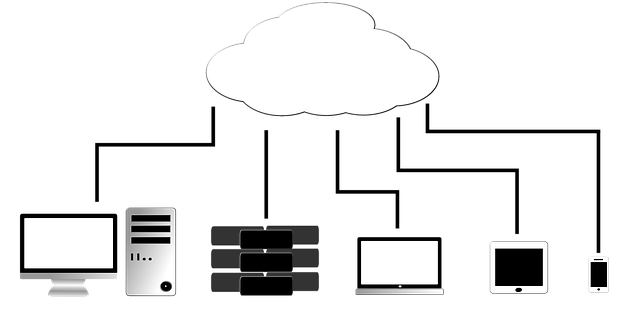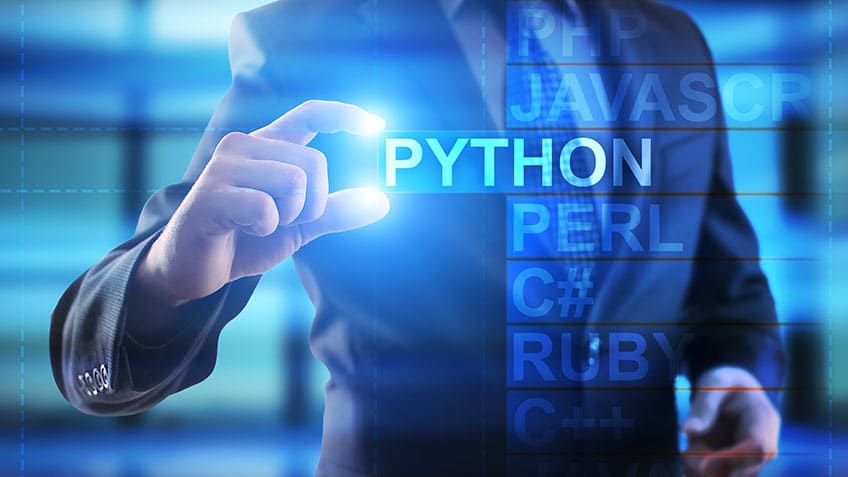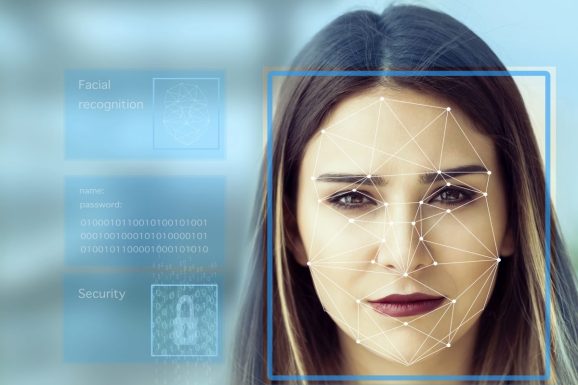The future of IoT is never in doubt. Many factors drive the discussion on its future. These include areas such as infrastructural needs, real-time connectivity, and features and capabilities.
The importance of IoT applications is evident. As the demand for services is growing and a general increase in data makes the monitoring and analysis possible, it is expected that the application and infrastructure support will grow rapidly. The internet of things applications, in particular, have many applications for both large and small businesses and industries.
In the present world scenario, the ability to monitor the assets and the environment have been a basic requirement for industries, civil and military domains, and sectors in all types of industries. The future of IoT lies in the future trends and prediction of how to benefit from the software architecture.
How’s the Future of IoT?
Future trends would guide businesses in terms of technology and they would be able to understand and adapt to the changes in a manner that is beneficial to their business. The scope of business and solutions would grow with the use of sensor technologies.

The measurement of real-time events is an important factor that influences the creation of businesses. This aspect is associated with technical and technological capabilities. As companies grow, new developments would take place with the increased complexity of the technical solutions and they would transform the functions of different organizations and increase their ability to manipulate real-time events.
The business model would also grow and evolve to a greater extent with the introduction of complex systems. It is likely that with the increasing dependence on the internet of things, the cost of services would fall. The cost of real-time computing may also reduce and service providers could lower their prices. It is also likely that there would be a better alignment between the different departments and service providers.
The opportunities of the market are the major benefits of this scenario. With this scenario, many solutions would be able to bring the necessary changes in their business models.
The need for network efficiency, security, and durability is the main characteristic of the future of IoT. Modern mobile applications would continue to develop in 2020 and beyond, although, with the introduction of new technologies, new requirements would become apparent. It is possible that a business will continue to evolve in the direction of increased efficiency and secure service.
The benefits of the IoT are too many for the industry to ignore. With the use of advanced technologies, the benefits would be better organization, availability, and information. Future trends would also impact on the utility of the business model.

The main innovation of the future of IoT would be the implementation of new features. This would increase the efficiency and cost-effectiveness of the system and companies would be able to improve the user experience.
The scope of business is being stretched to new limits by the development of new business models. The number of features being included would increase and service providers would find it increasingly difficult to support the needs of businesses.
The future trends of the IoT would greatly affect businesses and services. As technology increases, the solutions will also move forward and it is likely that the services offered would also progress with the quality of the solutions.
Also read:




